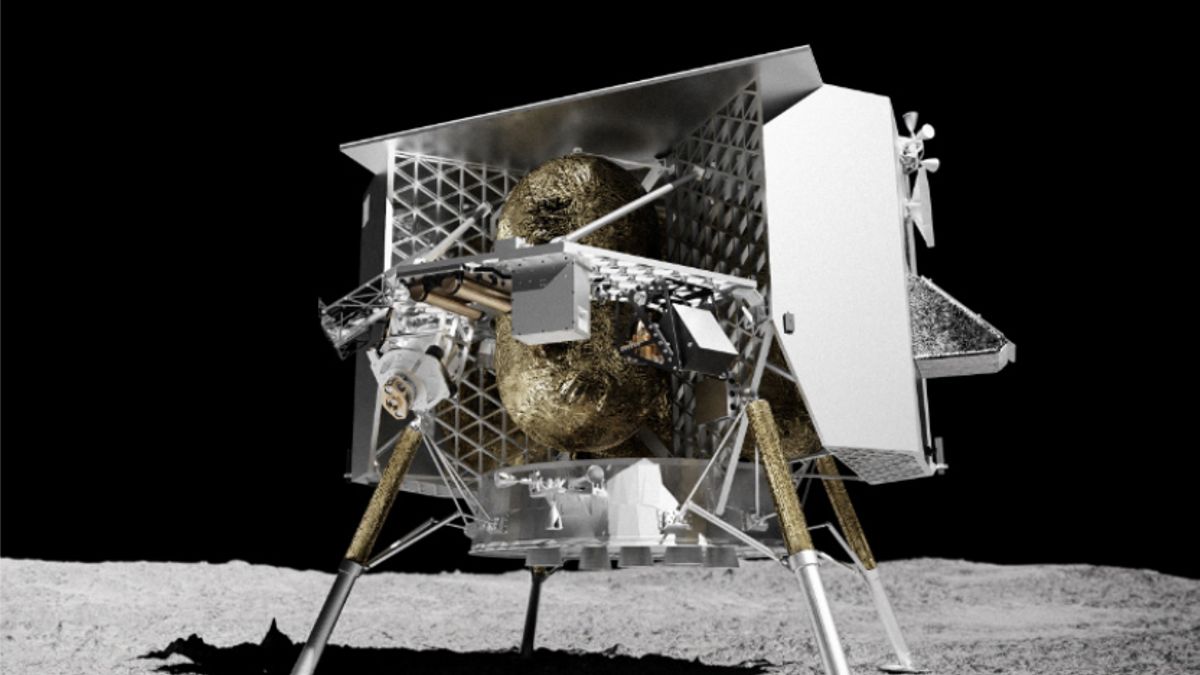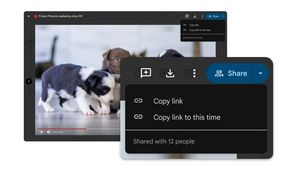JAKARTA The Peregrine lander had problems with propulsion shortly after its launch. Although the cause is still being investigated, Peregrine has been confirmed to fail to land on the Moon.
This statement was made by Astrobotic, the maker of Peregrine, on Wednesday, January 10. The company said, "given the propellant leak, unfortunately there is no possibility of a soft landing on the Moon."
Astrobotic seemed convinced of the failure because the Peregrine propellant would expire within 40 hours of the release. Now, the Astrobotic team is changing beliefs. It seems that there is still a chance to land on the Moon.
On Saturday, January 13, Astrobotic said Peregrine had been operating for four days.
The good news is that the engineering team managed to extend the time from the propellant to 52 hours. The leak rate on the propellant has also slowed down.
With sufficient success impact on Astrobotic age, the engineering team is increasingly enthusiastic about improving propellants from Earth. If the propellant time period continues to be extended, it is possible that Peregrine could land on the Moon
SEE ALSO:
Currently, peregrine is not on the Astrobotic path, so Peregrine takes 15 days to land on the Moon. With the current total propellant, Peregrine is only able to last six days in space.
Astrobotic will discuss this issue in more detail in a teleconference held on Thursday, January 18. The event will be attended by the United States Aeronautics and Space Agency (NASA) as the owner of the Commercial Lunar Providers Service (CLPS) initiative.
Astrobotic and NASA will discuss the latest mission for the Peregrine lander as well as their efforts to maintain the lander. The show will be broadcast in audio on NASA TV's website.
The English, Chinese, Japanese, Arabic, and French versions are automatically generated by the AI. So there may still be inaccuracies in translating, please always see Indonesian as our main language. (system supported by DigitalSiber.id)












